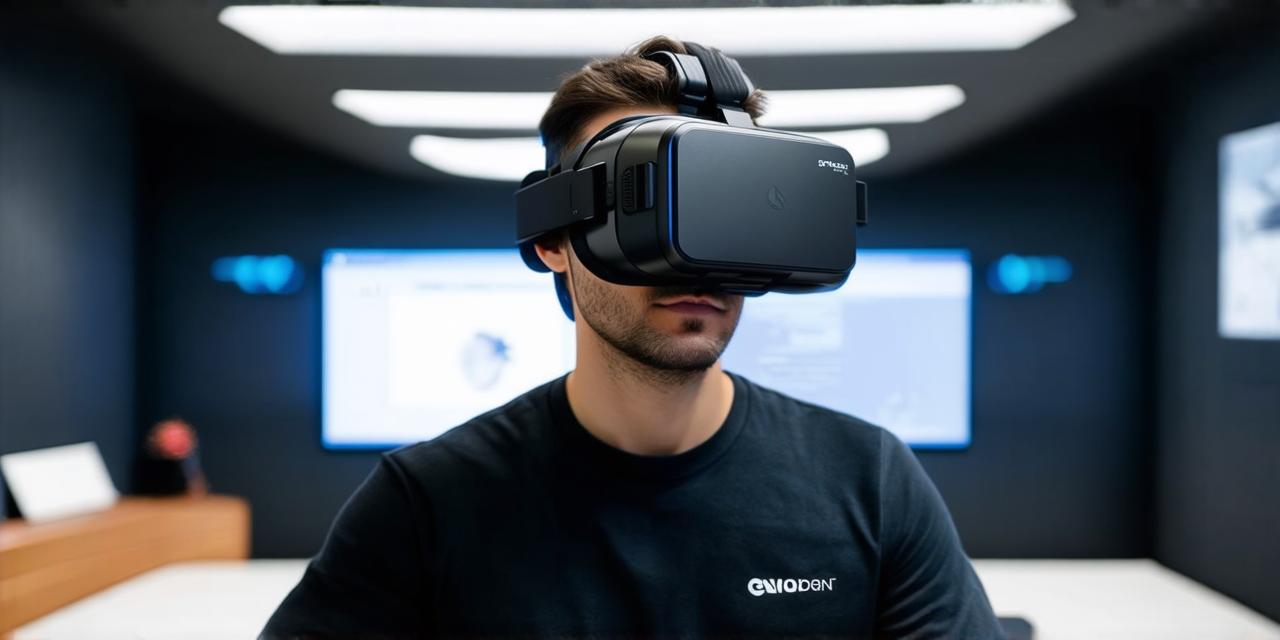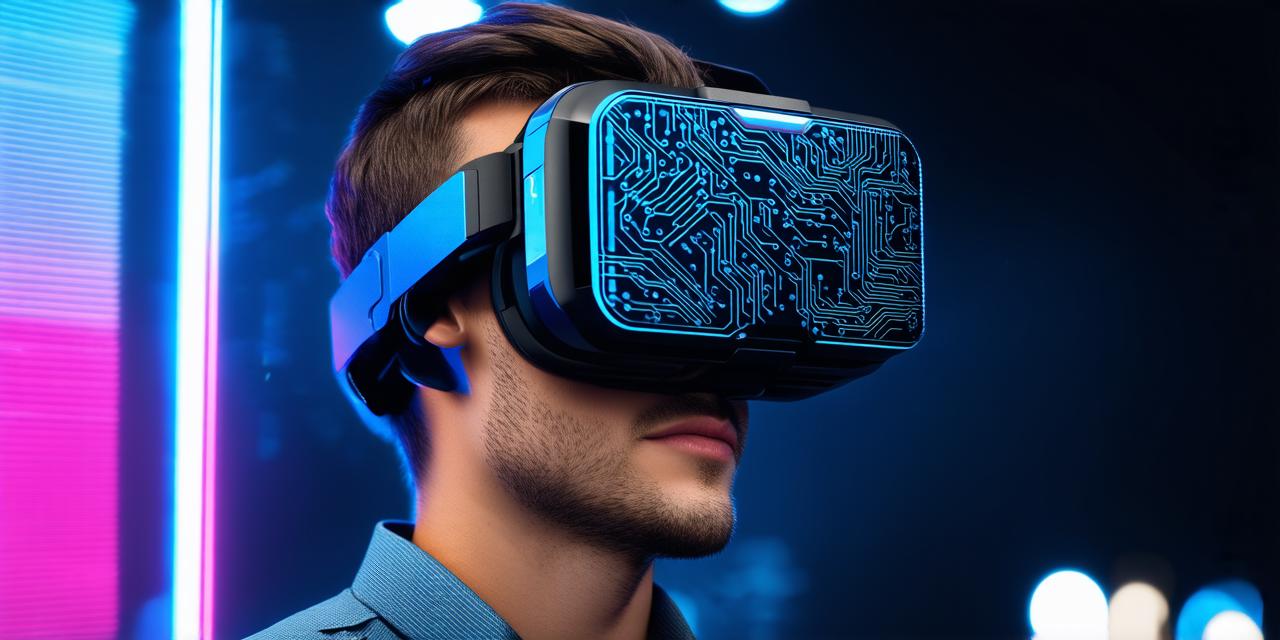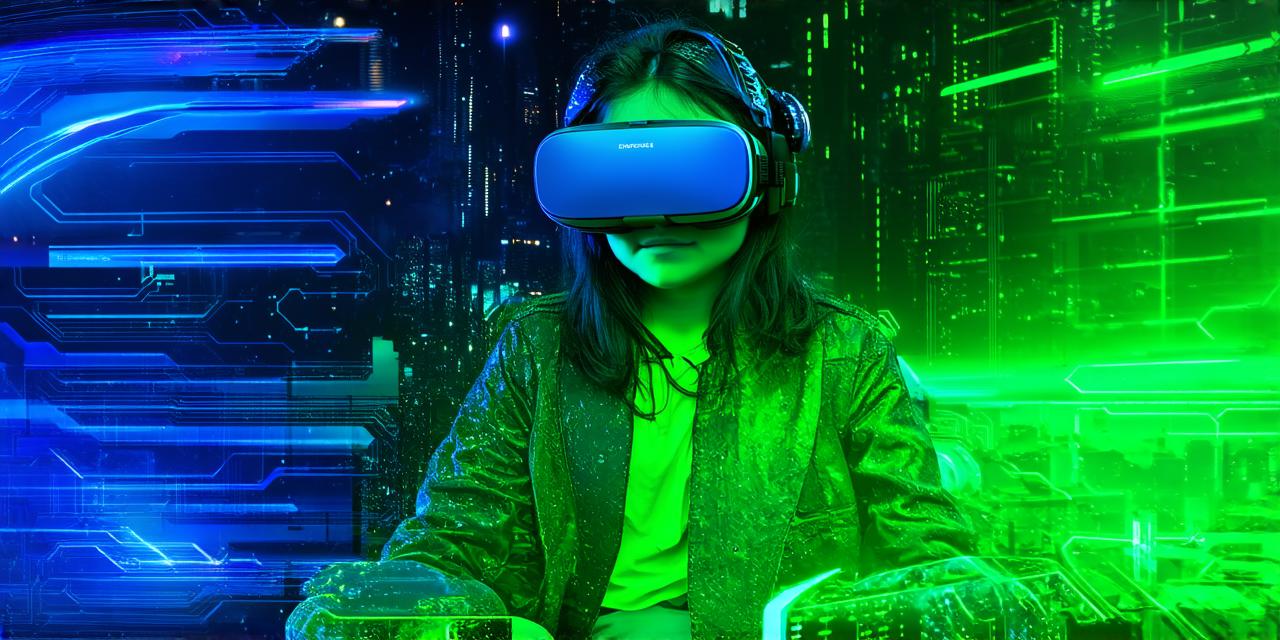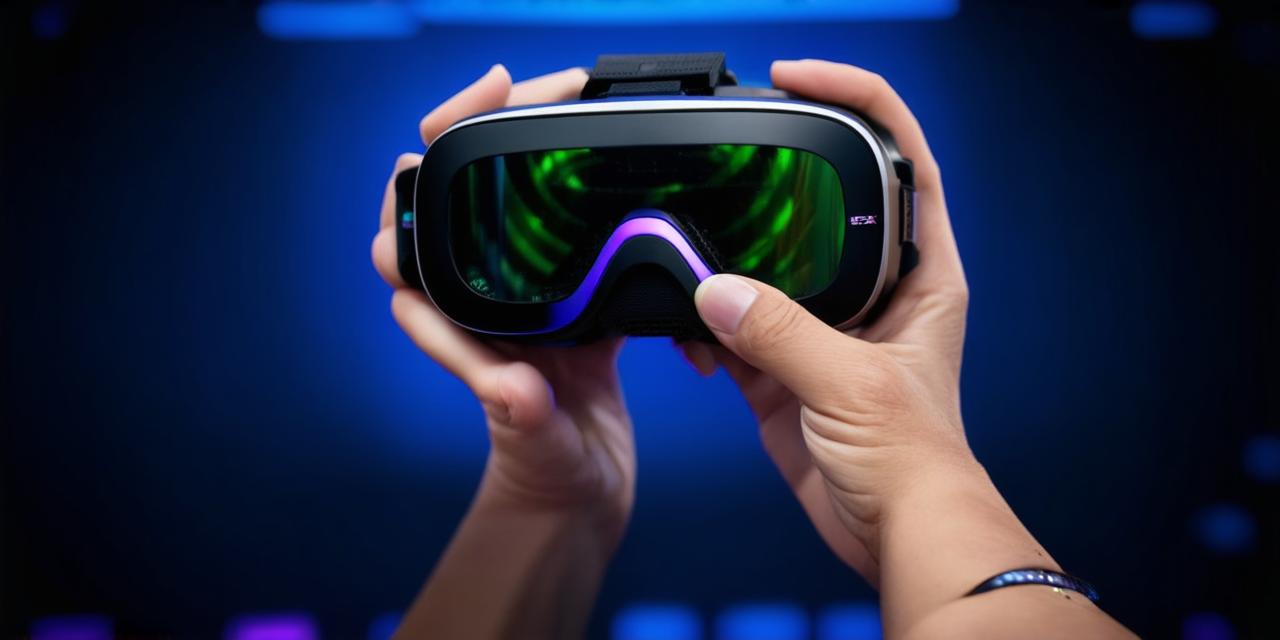Hardware Requirements
The first and most important requirement for operating a VR headset is a powerful computer or gaming console. While some VR headsets come with built-in processing power, many require a separate computer to handle the heavy lifting of rendering high-quality graphics. The minimum system requirements for most VR headsets include:
- A computer with at least an Intel Core i5 processor and 8GB of RAM
- An Nvidia GeForce GTX 970 or higher graphics card
- At least 10GB of free hard drive space
These requirements may vary depending on the specific VR headset you’re using, but as a general rule, the more powerful your computer, the smoother and more immersive your VR experience will be.
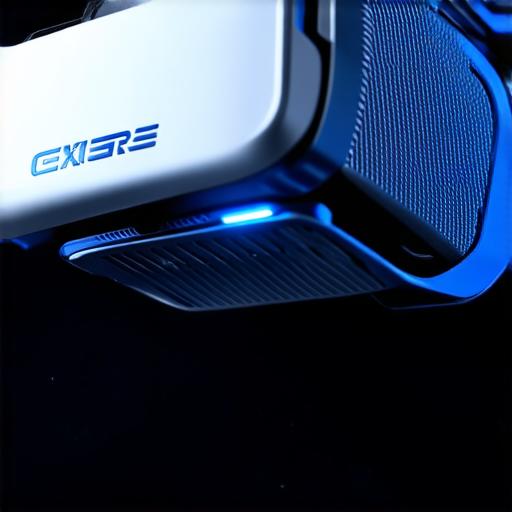
Graphics Card Requirements
One of the most important components of a VR headset is the graphics card. The graphics card handles the rendering of 3D graphics and sends them to the headset’s displays. While some VR headsets come with built-in graphics cards, many require a separate card to handle the demands of high-quality graphics.
The most popular graphics cards for VR are Nvidia’s GeForce series. The minimum requirements for most VR headsets include an Nvidia GeForce GTX 970 or higher. This is because the GTX 970 has enough processing power to handle the demands of rendering high-quality graphics in VR.
Processor Requirements
The processor is another important component of a VR headset. While some VR headsets come with built-in processors, many require a separate computer to handle the heavy lifting of running VR applications. The minimum requirements for most VR headsets include an Intel Core i5 processor or higher.
RAM Requirements
The amount of RAM required for VR can vary depending on the specific headset you’re using, but as a general rule, the more RAM you have, the smoother your VR experience will be. Most VR headsets require at least 8GB of RAM, with some high-end models requiring 16GB or more.
Storage Requirements
Finally, storage is an important consideration for VR. Most VR applications require a minimum of 10GB of free hard drive space to install and run. If you’re planning on storing large amounts of data, you may need a larger hard drive or solid-state drive (SSD) to handle the demands of VR.
Software Requirements
In addition to hardware requirements, you’ll also need software to operate your VR headset. The most important piece of software for VR is the operating system. Most VR headsets use Windows 10 or a specialized VR operating system like SteamVR.
Operating System Requirements
The minimum requirements for most VR headsets include Windows 10 version 1511 or higher. This version of Windows includes built-in support for VR and comes with the necessary drivers to run VR applications.
Game Compatibility
Another important consideration when it comes to software is game compatibility. Not all games are compatible with VR, so it’s important to check the system requirements before buying a game. Most VR-compatible games require an Intel Core i5 processor or higher and at least 8GB of RAM.
Input Devices
Finally, you’ll need input devices to control your VR headset. The most common input devices for VR are controllers. These devices allow you to interact with the virtual world by moving your hands and fingers.
